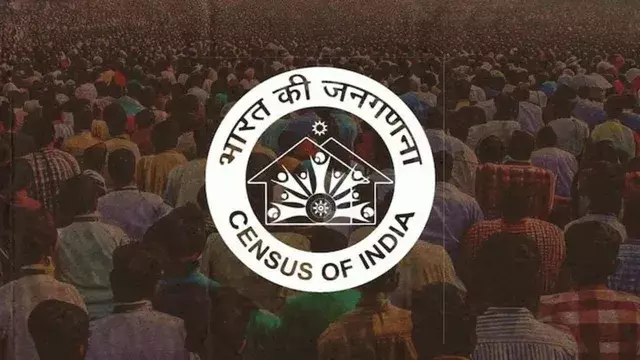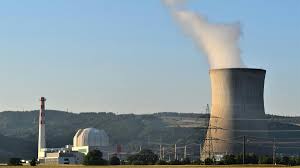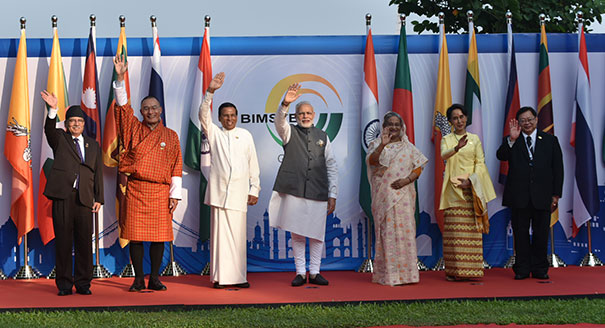- Courses
- GS Full Course 1 Year
- GS Full Course 2 Year
- GS Full Course 3 Year
- GS Full Course Till Selection
- Answer Alpha: Mains 2025 Mentorship
- MEP (Mains Enrichment Programme) Data, Facts
- Essay Target – 150+ Marks
- Online Program
- GS Recorded Course
- Polity
- Geography
- Economy
- Ancient, Medieval and Art & Culture AMAC
- Modern India, Post Independence & World History
- Environment
- Governance
- Science & Technology
- International Relations and Internal Security
- Disaster Management
- Ethics
- NCERT Current Affairs
- Indian Society and Social Issue
- NCERT- Science and Technology
- NCERT - Geography
- NCERT - Ancient History
- NCERT- World History
- NCERT Modern History
- CSAT
- 5 LAYERED ARJUNA Mentorship
- Public Administration Optional
- ABOUT US
- OUR TOPPERS
- TEST SERIES
- FREE STUDY MATERIAL
- VIDEOS
- CONTACT US
Paris Agreement and its Failure to Address the Climate Change
Paris Agreement and its Failure to Address the Climate Change
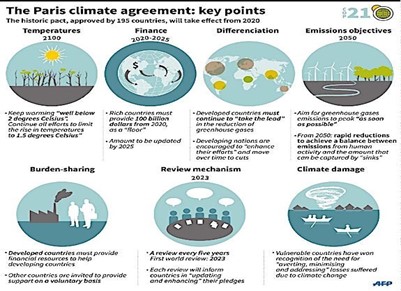

Latest Context
Recently, the Report State of the Global Climate 2022 has been released by World Metrological Organization (WMO). It po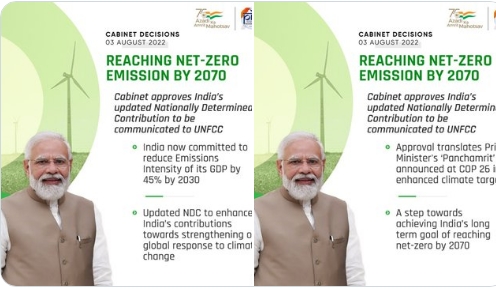 inted out that the Paris Agreement on Climate Change is ineffective in fulfilling its agenda. The Paris Agreement which serves as the center point of ongoing global negotiation on climate change was inked in 2015.
inted out that the Paris Agreement on Climate Change is ineffective in fulfilling its agenda. The Paris Agreement which serves as the center point of ongoing global negotiation on climate change was inked in 2015.
Highlights of the Report on the Performance of the Paris Agreement
- Inability to Achieve Climate-Related Goals: This Agreement was signed in 2015. Since then, there is no impact on climate change. The last eight years (2015-2022) have consecutively been the warmest years on record globally.
- This situation can turn out to be worse if the La Nina weather event had not occurred in the past three years which had a cooling effect on the weather system. It has even failed to achieve the target of global warming to 2o C that crossed the target of 1.5o C marked by Globally updated Nationally Determined Contributions (NDCs). In addition, it has not been able to equitably phase out fossil fuels predominantly responsible for the climate crisis. Moreover, there is no place for the plans for climate risk management and disaster risk reduction that are necessary to fight climate-induced extreme weather phenomena neither
Paris Agreement on Climate Change
- Legally Binding Agreement: It is a legally binding global agreement under the United Nations Framework Convention on Climate Change (UNFCCC). It was adopted in UNFCCC COP21 in 2015.
- Objective: Its objective is to combat climate change and limit global warming to well below 2oC above pre-industrial levels with an ambition to limit it up to 1.5oC.
- Replacement of Kyoto Protocol: It replaced the Kyoto Protocol which was an earlier agreement to fight climate change.
- Functional Mechanism: It put forward a framework for countries to work together to reduce greenhouse gas emissions, in adaptation to the impacts of climate change, and provide necessary support to developing countries in their efforts to address climate change.
- Plans: Under the Paris Agreement, each country is needed to submit and update their NDCs every 5 years, outlining their plans for reducing greenhouse gas emissions and adapting to climate change.
- Commitment: NDCs are the commitments made by countries to reduce their greenhouse gas emissions in addition to adapting to the impacts of climate change.
Suggestions
- Complementary Framework: To make Paris Agreement more effective, a new global framework in the form of a Fossil Fuel Treaty should be introduced.
- Effective Implementation: Most industrialized countries which are crossing the targets determined by NDCs should be made to achieve the targets of the Paris Agreement.
- Speedy Action: Accelerated and more effective climate action with deeper, faster emissions cuts is needed by using available tools, knowledge, and solutions.
- Scaling-up Investments: It is the need of the hour to induce increased investments for adaptation and resilience particularly for the most vulnerable countries and communities who have done the least to cause the crisis.
Latest India’s NDCs
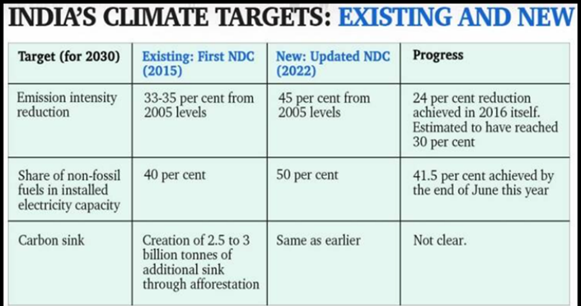

Prelims:
Q. The term ‘Intended Nationally Determined Contributions’ is sometimes seen in the news in the context of (2016)
(a) pledges made by the European countries to rehabilitate refugees from the war-affected Middle East
(b) plan of action outlined by the countries of the world to combat climate change
(c) capital contributed by the member countries in the establishment of Asian Infrastructure Investment Bank
(d) plan of action outlined by the countries of the world regarding Sustainable Development Goals
Answer: b
Q. With reference to the Agreement at the UNFCCC Meeting in Paris in 2015, which of the following statements is/are correct? (2016)
1. The Agreement was signed by all the member countries of the UN and it will go into effect in 2017.
2. The Agreement aims to limit the greenhouse gas emissions so that the rise in average global temperature by the end of this century does not exceed 2°C or even 1.5°C above pre-industrial levels.
3. Developed countries acknowledged their historical responsibility in global warming and committed to donate $1000 billion a year from 2020 to help developing countries to cope with climate change.
Select the correct answer using the code given below.
(a) 1 and 3 only
(b) 2 only
(c) 2 and 3 only
(d) 1, 2 and 3
Answer: b
Mains:
Q. ‘Climate change’ is a global problem. How India will be affected by climate change? How Himalayan and coastal states of India will be affected by climate change? (2017)
Q. Describe the major outcomes of the 26th session of the Conference of the Parties (COP) to the United Nations Framework Convention on Climate Change (UNFCCC). What are the commitments made by India in this conference? (2021)

